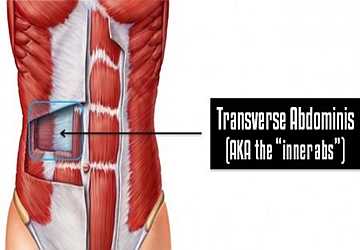Meta description
"Your pregnancy is over, but your posture still doesn't feel right? Confused about how to achieve abdominal activation? Read on to learn more."
Countless women are disappointed when their belly doesn't immediately return to its pre-pregnancy size. Due to hormonal changes, it can be difficult to get your abdominal muscles to function properly during pregnancy. We often hear about women doing core exercises non-stop, only to find that none of them significantly builds the muscles they want.

Abdominal wall
We'll start by discussing the anatomy of the abdominal wall. The abdominal wall (skin, muscle, and connective tissue) stretches during pregnancy. It's hard to stimulate your deep abdominal muscles when you're in a hyperextended position for a long time, especially in the first few months after giving birth. Because you can't feel these muscles well when you stretch, you may not be able to activate your transverse abdominis (TA) without help.
Anterior pelvic tilt
A pregnant belly often tilts the pelvis forward, causing an exaggerated arch in the lower back and the illusion that your hips are stretched as you move around. Moms can be "locked" into this pose even if they're no longer carrying. This forward tilt of the pelvis lengthens the abdominal muscles, making it harder to contract. It is critical to regain the ability to perform a retrograde pelvic tilt. Imagine flattening your lower back by tightening your hips (reversing an excessive forward bend) instead of "tightening."
If your abs are tight and stiff all the time, we can't stress enough. Focus on your abdominal muscles for a while and consciously relax them when you're done. You don't walk around with fists clenched all day -- imagine how uncomfortable and ineffective your hands would be -- so don't do it to the core.
Strengthening the core muscles is also a key factor in improving the shape and function of the stomach.

Exercises against anterior pelvic tilt
Keep in mind that the following exercises are complex, and if you're just out of the hospital, you should do them gently, attentively, and pay close attention to everything your body feels. If there's any pain or you can't really feel it in your abs, downgrade the workout - go for it. Exercising too early and too hard will only increase the time it takes for the abdominal wall to regain its normal appearance and function.
1. Side panel
2. Side planks with hip drop
3. Rotate the torso with straight arms
4. Oblique tightening
5. Exercises with "rows", namely kneeling row, side lunge opposite row
If you're struggling, eliminate flexion exercises like planks and sit-ups. If you don't have a rectal separation, do these exercises for 4-6 weeks and you'll see noticeable changes.



